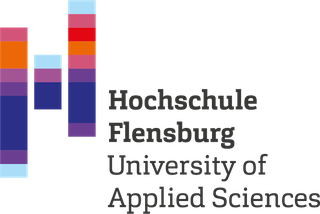Learning by playing – using computer games to enhance ultrasound education
Teistler, M. (2019). Learning by playing – using computer games to enhance ultrasound education. Ultraschall Med, European Journal of Ultrasound, 40, 93–94. http://doi.org/10.1055/a-0833-9381 (Original work published Februar 2019)
